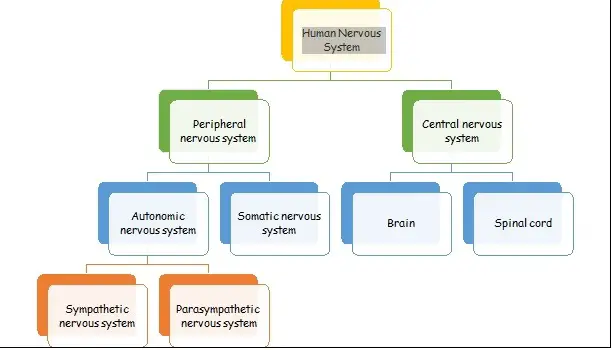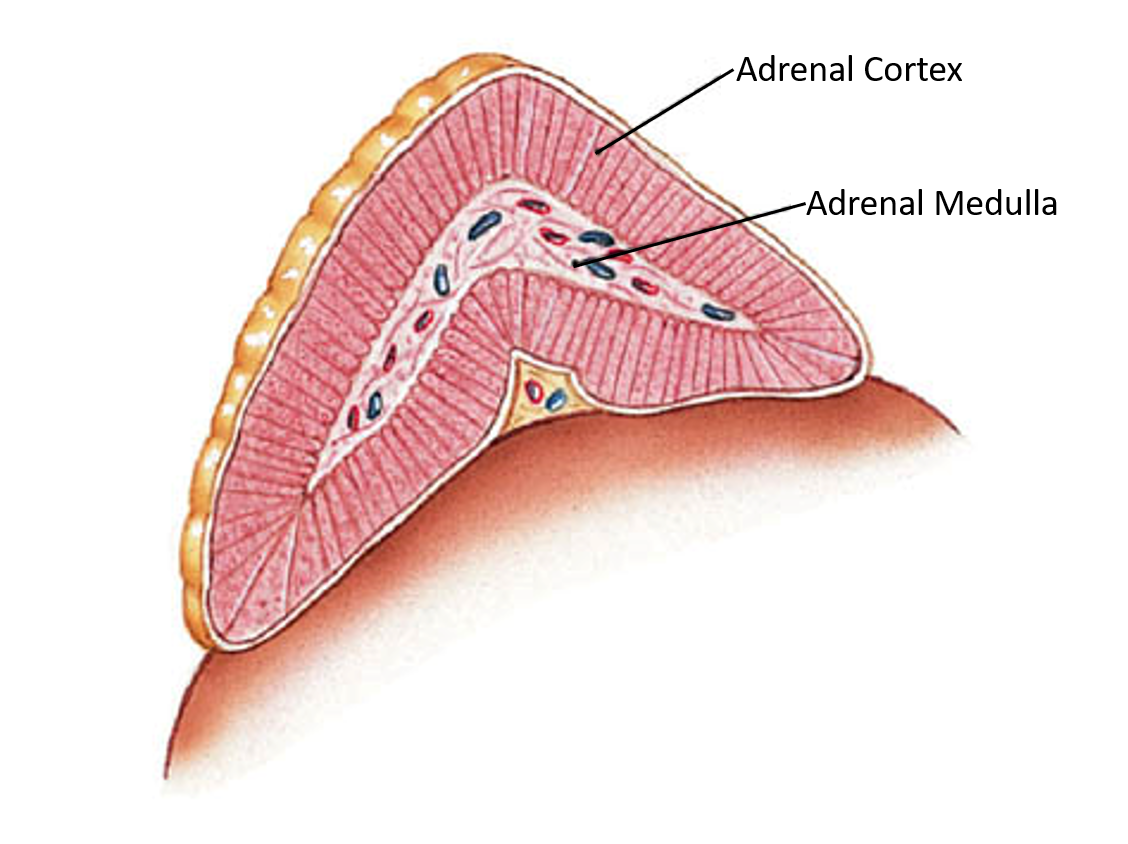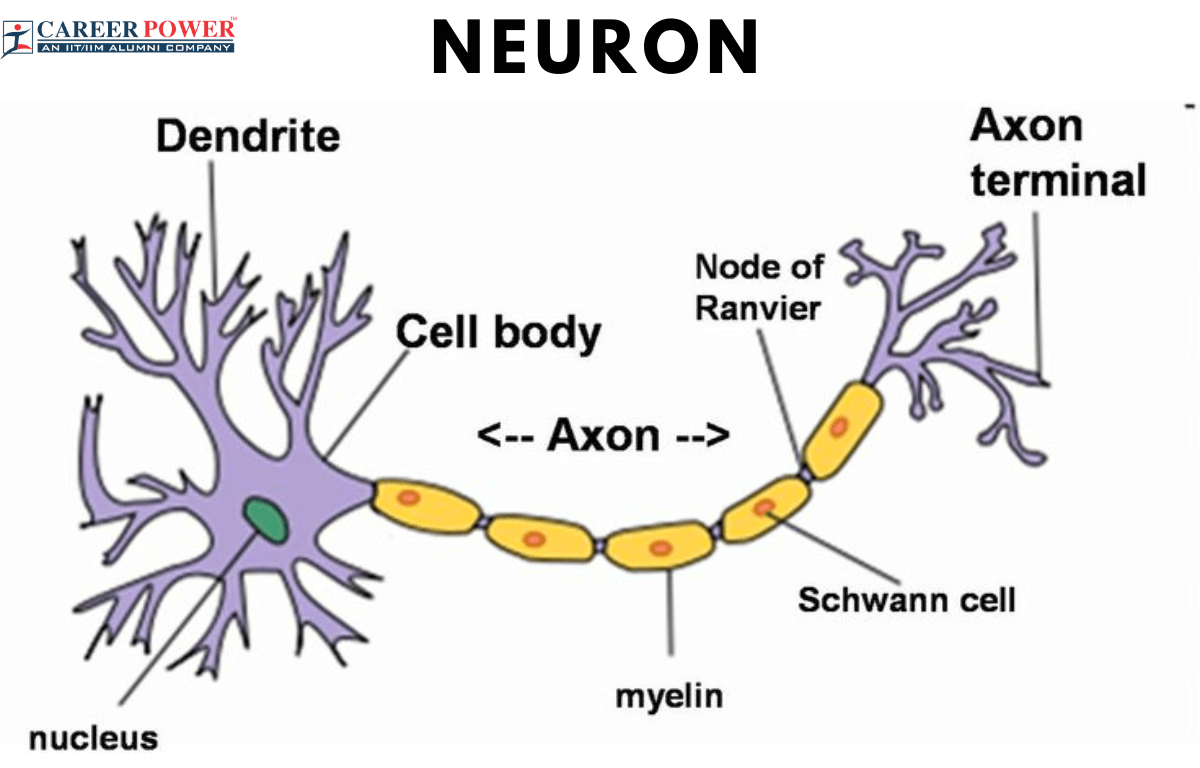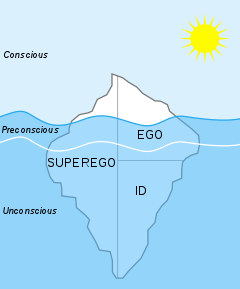4.2.1 APPROACHES
1/117
Earn XP
Description and Tags
Name | Mastery | Learn | Test | Matching | Spaced |
|---|
No study sessions yet.
118 Terms
Who is the “father” of psychology? When?
William Wundt in 1879.
What did WW do for psychology?
He separated it from philosophy by analysing the mind. He was the first to do a controlled and measured lab experiment.
What was Wundt’s first experiment? What did it do?
He and his co-workers wrote down their thoughts and feelings aiming to break their constituent parts and developing a theory on conscious thought.
Who was Wundts student who continued his work? What did he do?
Titchener, who created structuralism (the analysis of the mind).
What is the organising of the mind called?
Voluntarism.
What is reductionism?
The consciousness which can be found in its most basic parts.
What psychologist argued that WW methods weren’t scientific? Why
Skinner
What 3 areas of mental functioning did Wundt study?
Thoughts, images and feelings.
Give 2 strengths of WW methods.
People write their thoughts and feelings
Allows more research to be continued
Give 2 limitations of WWs experiments.
Social desirability bias (reduces validity as pp try to look better)
People may lie (demand characteristics)
Who founded classical conditioning and what is it? What are the 6 approaches in psychology?
Learning a new behaviour via the process of association. Two stimuli are linked together to produce a new learned response (conditioned). Pavlov made this theory in 1927.
The 6 main approaches are: Behaviourist, learning, cognitive, biological and humanist.
What is the main assumption for classical conditioning?
That behaviour is determined by the environment. People are only born with a few innate reflexes, so learning through interacting with the environment is necessary.
Explain the classical conditioning using the dog and food example.
Before conditioning, an unconditioned stimulus (the food) is presented to the dog and creates an unconditioned response (salivating). During conditioning, and a neutral stimulus is introduced (a bell) and creates no response. The neutral and the unconditioned stimuli (the bell and the food) are paired together and over multiple repetitions, become associated. After conditioning, the bell becomes a conditioned stimulus which creates a conditioned response of salivation.
What is operant conditioning and who came up with the theory?
A method of learning that occurs through rewards and punishments for behaviour. An association is made between a behaviour and a consequence for that behaviour. Skinner came up with this theory in 1938.
Explain Skinners box.
One variation of Skinners box is when rats are placed in a box with a metal grid and two levers: one lever lights up and a food pellet is dropped into the box. The other lever gives the rats a mild electric shock when pressed. After being punished by the electric shock lever, the rat learns through punishment not to press that lever, similar to learning through the reward from the other (food pellet) lever.
What is reinforcement?
Any event that strengthens or increases the behaviour it follows.
What are the two types of reinforcement? Explain them.
Positive reinforcement - favourable events/outcomes that are presented after the behaviour where the response to it is strengthened by praise or reward. It increases the likelihood of the behaviour due to rewards.
Negative reinforcement - the removal of unfavourable outcomes after a display of behaviour. Responses are strengthened by the removal of something considered unpleasant. NR increases the likelihood of a behaviour due to avoiding a consequence.
What is the difference between punishment and reinforcement?
Reinforcement strengthens behaviour, regardless of whether it’s positive or negative. Punishment weakens behaviour so the action someone is doing stops.
What are 4 strengths of operant conditioning?
good foundation for theories
easy to find in natural settings
easy to experiment on
repeatable (high validity)
Give 3 weaknesses of operant conditioning.
ethical concerns for harming the rats
can’t compare humans and rats
controlled may decrease validity
What was Bandura’s social learning theory (1965)?
He believed that behaviour was learnt through direct or vicarious reinforcement.
What was Bandura’s experiment? Include the aim.
The aim was to see if children exposed to an aggressive model would imitate the aggressive behaviour in the absence of the model.
Some children were shown a video of an adult model interacting aggressively with an inflatable Bobo doll. 1/3 of the kids shown this video reproduced the model’s aggressive behaviour. Others were shown a video of a model playing gently with the toys and none of the kids in this condition acted aggressive towards the Bobo doll.
What is the main assumption for the SLT?
We are all born as blank slates.
What are the two types of reinforcement Bandura founded? Explain them.
Direct - An action someone takes which results in a direct answer (i.e. a child pushing another child is punished, so THAT child will not do it again).
Vicarious - (known as indirect) A form of observational learning that occurs when a child sees a role model behaving in a particular way and focuses on the consequences as well and learns.
What are the 4 steps in the mediational process (SLT)? (ARRM) Explain each step.
Attention - the child observes role model behaviour
Retention - the child stores this behaviour to use later
Replication - the child repeats the same action as the role model.
Motivation - the child wants to identify with their role model.
Give 2 strengths for the SLT.
studies human behaviour
repeatable - more validity
What are 3 weaknesses of the SLT?
Ethical questions - is teaching aggression right?
external environments have lots of other factors affecting
baseline for aggression in different kids is different (validity)
What does hollistic, reductionist and deterministic mean?
Hollistic - Taking into account every aspect of a study (a person)
Reductionist - only focusing on one aspect of a study (a subject)
Deterministic - cause- and- effect aspect of a subject.
What is the cognitive approach in psychology?
The terms cognitive means ‘mental processes’ so this approach is about how our mental processes affect our behaviour (i.e. thoughts, feelings, perception and attention).
Give the 4 main assumptions of the cognitive approach.
we behave like machines
memory processes can and should be investigated scientifically
models of psychological functions can be proposed and tested by observable behaviour and conscious report.
humans aren’t passive responders to their environment
What is a schema?
A mental framework of beliefs and expectations that influence cognitive processing: they’re developed from experience. Babies are born with simple motor schemas for innate behaviours (like learning and gripping). As we get older, our schemas get more sophisticated and detailed.
What is neuroscience?
The scientific study of the influence of the brain structures on our mental processes (you can map certain brain patterns).
Give 2 strengths for the cognitive approach.
many applications in other areas of psychology.
it’s scientific due to the methods.
Give 3 weaknesses of the cognitive approach.
limited explanatory powers
ignores emotion and motivation
may lack ecological validity
What is the main assumption of the biological approach?
Our biological make-up and biological structure impact the way we behave.
What are the genetic basics of behaviour?
We can study whether our behaviour is down to biological or social factors by studying twins and families and looking at concordance rate.
What is concordance rate? Explain the concordance rate of monozygotic and dizygotic twins.
The percentage rate that both members have the same traits.
Monozygotic twins share 100% of the same genes.
Dizygotic twins share 50% of the same genes.
What do adoption studies do?
They study the question of nature vs nurture in twins as they are placed into different environments.
What is the difference between a genotype and a phenotype? Give 1 example for each.
Genotype= particular set of genes someone carries (i.e. eye colour)
Phenotype= Characteristics of an individual determined by both (i.e. scars)
What is the difference between sexual selection and natural selection?
Sexual selection - choosing a partner to mate with based on attractive characteristics for the purpose of passing on genes
Natural selection - the ability to adapt to a changing environment.
What are the 3 strengths of the biological approach?
highly scientific methods are used (i.e. PET scans), increasing internal validity
Has real life application (i.e. drugs and treatments)
Shows cause and effect. (deterministic)
What is the limit of the biological approach?
reductionist, so may neglect other factors
What do biopsychologists believe about the nervous system?
They believe that our behaviour is due to activity in the NS.
What are the main two divisions of the nervous system?
The CNS and the PNS.
What is the CNS made up of? Give a detailed description.
Made up of the brain and the spinal cord, where the brain is the centre of all conscious, split into 2 hemispheres and surrounded by the outer layer, the cerebral cortex. The spinal cord is an extension of the brain, responsible for reflex
What is the nervous system? What is its two main functions?
A specialised network of cells in the human body and is our primal internal communication system.
To collect, process and respond to information in the environment
to co-ordinate the working of different organs and cells.
Draw the Human nervous system and it’s sub-divisions.

What is the PNS responsible for? What are its two divisions.
The PNS transmits messages via millions of neurons to and from the CNS. It’s sub-divided into the somatic and autonomic nervous systems.
What are the differences between the autonomic and the somatic nervous systems?
Autonomic - governs vital functions in the body, such as breathing and stress responses. It controls the involuntary behaviours.
Somatic - responsible for carrying sensory and motor information to and from the spinal cord.
What are the divisions of the ANS?
The sympathetic and parasympathetic nervous systems.
What do the SNS and PSNS do? How do they work together?
They work antagonistically - they work to oppose each other. While the sympathetic system prepares the body to expend energy for fight or flight, the parasympathetic maintains and conserves body energy and functions.
Give 3 examples of opposing actions the sympathetic and parasympathetic systems do.
S - slows digestion, P- increases digestion
S - increases heart rate, P - decreases heart rate
S - dilates pupils, P- constricts pupils
What is fight or flight? Who observed the changes of the body under F or F? What were they?
Fight or flight is a response hard-wired into our brains and represents an adaptation fine-tuned by natural selection designed to protect us. Cannon observed a range of changes, including increased heartrate, increased glucose and increased muscle tension.
What are some negatives of the fight or flight response?
We lose more calories which can be bad due to
impacted our ancestors with finding food, mating and alliances.
more prone to infection due to the immune system going down.
What is the endocrine system?
A system of glands.
How do the endocrine system and the ANS work together?
The acute stress response occurs as soon as we are exposed to some sort of threat. As soon as the hypothalamus stressors it activates the ANS to prepare us for fight or flight.
What does the sympathetic branch do with adrenaline?
Sympathetic branch - when the ANS is aroused, the sympathetic branch activates the adrenal glands and releases the noradrenaline to activate the major organs and glands to prepare for rapid action.
What do the adrenal glands do and what are they made of?
They are made of an adrenal medulla in the center and adrenal cortex around the outside. The adrenal medulla releases adrenaline which further prepares the body by boosting oxygen and glucose supplies as well as suppressing digestion.

What is the endocrine system made of? (The glands). Where are they located?
Brain - the pineal gland, the pituitary gland and hypothalamus.
Organs - parathyroid and thyroid glands, adrenal glands, pancreas and kidneys.
Sex organs - ovaries and testes.
What do biopsychologists assume about psychology via the nervous system? There are 3 assumptions.
That we behave as we do due to activity caused by the nervous system.
Nervous system transmits signals for communication via the billions of nerve cells (neurons).
These nerve cells communicate with each other, through electrical and chemical messages within the body and the brain.
What is a neuron? What are the 3 basic parts?
Information messengers using electrical impulses and chemical signals to transmit information between the different areas of the brain and between the brain and the rest of the nervous system. Neurons have 3 basic parts a cell body and two extensions known as the axon and a dendrite.
What is the structure of the a typical neuron?

What are the structures in a neuron? Explain them.
Nucleus - the control centre of a cell, contains chromosomal DNA.
Dendrite - Receives the nerve impulse from adjacent neurons.
Axon - Where the electrical impulses pass along
Myelin sheath - insulates the axon from external influences that might effect the transmission of the nerve impulse down the axon.
Nodes of ranvier - they speed up the transmission of the impulse by forcing it to “jump”
Terminal buttons - send signals to an adjacent cell.
What are the 3 types of neurons? Explain them.
The sensory - responds to a stimuli and carries the messages from the PNS to the CNS.
The relay - transfers messages from sensory to other interconnecting neurons.
The motor - carries messages from the CNS to the effectors (i.e. muscles).
What is the knee-jerk reflex?
In the reflex arc, the knee is hit by the stimulus (the hammer) and is detected by the sense organs in the PNS, which conveys a message along a sensory neuron. The message reaches the CNS where it connects with a relay neuron, which transfers the message to the motor neuron. This then carries the message to the effector (the muscles in the knee) causing the knee to jerk.
What are neurotransmitters?
Chemicals released from a synaptic vesicle into the synapse by neurons. They affect the transfer of an impulse to another nerve or muscle. These neurotransmitters are taken back up into the terminal buttons of neurons through the process of reuptake. Or they are broken down by an enzyme.
What is an action potential?
When a neuron sends information down an axon, away from the cell body. The action potential is an explosion of electrical activity (this means that some event (a stimulus) causes the resting potential to move forward).
What is excitation and inhibition? What is summation?
Synaptic connections can be excitatory or inhibitory - the difference lies in the action of the neurotransmitters at the postsynaptic receptor.
Excitatory - they make it more likely the neuron will fire
Inhibitory - they make it less likely the next neuron will fire.
Summation controls where excitatory and inhibitory actions occur. Normal brain functions depends upon a regulated balance between excitatory and inhibitory influences.
Who created the psychodynamic approach? What does it refer to?
Sigmund Freud. Psychodynamic refers to the dynamics of behaviour thayt drives us to act in a particular way.
What are the 4 main assumptions of the pschyodynamic approach?
Psychodynamic psychologists assume our behaviour is determined by unconcious forces of which we are unaware.
Each manifest (surface) thought, utterance or behaviour hides a latent (hidden) motive/intention.
The latent motives for our behaviour reflect our instinctive biological drives and our early experiences, particularly before the age of 5.
It’s the way we are treated by our parents as children that shapes our adult behaviour.
What is the analogy of the iceberg?

What are the roles of the conscious, preconscious and unconscious in Freud’s theory?
Conscious - the tip of the iceberg known as our thoughts and perceptions. It’s the small amount of mental activity we know about.
Preconscious - things we could be aware of if we tried, ie memories and stored knowledge
Unconscious - Things we will remain unaware of. It holds repressed memories, our biological drives and immoral urges and it holds up to 90% of the human mind.
What are the 3 things the pscyhe is controlled by? Define them.
ID: consists of aggressive instincts and is concerned with immediate gratification and the motivating force is the libido
EGO: The rational part of the mind, concerned with socially acceptable ways of acting - it operates on a reality principle. It works to balance the ID and the SUPEREGo.
SUPERGO: a person’s conscience and is concerned with moral judgements. It’s the last part of the mind to develop.
What can the ID and the SUPEREGO lead to if they are overly dominant?
ID: can lead to psychopathic behaviour
SUPERGO: can lead to neurotic behaviour
When do you develop the ID, superego and the ego?
ID=born
Superego= around the age of 5
Ego= around the age of 2
What are defence mechanisms?
Ego defence mechanisms are used by the ego to reduce anxiety which is either by threats in the external world or conflict between the ID, ego and superego. They protect the ego from potentially damaging demands of controlling the ID and the superego.
What are the three defence mechanisms you must know?
Repression - an unconscious mechanism employed by the ego to keep disturbing or threatening thoughts from becoming conscious. It’s an involuntary process and the memories can influence the person’s behaviour without them knowing.
Denial - blocking external events from awareness. If some situation is just too much to handle, the person refuses to experience it.
Displacement - satisfying an impulse (e.g. aggression) with a substitute object.
What is the oedipus/electra complex?
When a child wants to kill their parent due to wanting to possess their other parent.
What did Freud belive about the psychosexual stages?
-That child development occurred in 5 different stages - each is marked by a conflict that the child must resolve in order to progress successfully to the next stage.
-Any psychosexual conflict that’s unresolved becomes stuck and can be related to mental illness in adulthood.
What are the 5 psychosexual stages? Give names, time frames, conflicts and adulthood problems (up to stage 3)
Oral stage (0-1yrs). The conflict being weaning and oral gratification comes from sucking, biting and wailing. If left unresolved, adulthood may be impacted with gullibility, sarcasm, aggression and dependecy.
Anal stage (1-3yrs). The conflict being toilet training and gratification comes from expelling and withholding feces. If left unresolved, adulthood may be impacted with excessive cleanliness, destructiveness and rebelliousness.
Phallic stage (3-5/6yrs). The conflict being the oedipus complex, sexual curiosity and masturbation. If left unresolved, adulthood may be impacted with pride, chastity and vanity.
Latency stage (5/6-puberty). Theperiod of sexual calm, interest in school and same-sex friends.
Puberty onwards stage -revival of sexual interests and mature sexual relationships.
What was the Little Hans case study? (aim)
Little Hans was a 5yr boy with a phobia of horses. The aims were to treat the phobia and explore the factors which may have lead to the phobia in the first place.
What were the first reports of Han’s behaviour?
The first reports Hans’ father gave consisted of Hans at 3yrs old when he developed an interest with his “widdler”.Throughout this time, the main theme of his fantasies/dreams was widdlers and widdling - his mother told him not to touch his widdler or the doctor would cut it off.
What was Hans afraid of?
A horse biting him on the street (a problem considering he saw many horses outside of his house). Little Hans was scared of the noises horse hooves make after seeing a horse collapse and die in the street and especially of horses with black bits around their mouths and blinkers (Freud connected this to his father as he had a moustache and spectacles).
What did Freud interpret of Little Han’s phobia?
That the horse was a symbol of his father and Han’s feared that the horse (father) would bite (castrate) him as punishment for the incestuous desires towards his mother. He saw it as an expression of the Oedipus complex. Han’s rejected this idea.
How did Han’s recover?
The father (upon Freud’s suggestion) assured him he had no intentions of cutting his penis off.
What are the strengths of the Han’s case?
It supports the psychosexual stages
What are the limitations of the Hans’ case?
Father may have fed Han’s cues about the Oedipus complex which may have influenced Hans.
Lacks population validity (as a case study)
What are the 3 strengths of the psychodynamic approach to psychopathology?
case studies to support Freud’s theory of the psychosexual stages (Little Hans) and defence mechanisms.
Helps to explain behaviour which can’t be explained by other means (i.e. personality traits)
Helped to highlight the importance of childhood.
Name the 5 limitations of the psychodynamic approach.
Little research due to abstract concepts
the theory is unfalsifiable - you can’t disprove it
Ignores mediated processes like thoughts and memory
biased samples
rejects free will
What was the case of Anna O?
Anna O suffered from hysteria, a condition which exhibits physical symptoms (e.g. paralysis, convulsions, hallucinations etc) without an apparent physical cause. She was treated by recalling forgotten memories of traumatic events.
What did her hysteria come from?
It came from a fear of drinking as a dog she hated drank from her glass, whilst other symptoms originated from caring for her sick father.
Why did she heal?
Because she was able to break the unconscious thoughts of fearing about her father’s illness into the conscious.
What did Freud say about physical symptoms?
They are surface manifestations of deeply repressed conflicts.
What sort of therapy did Freud use to help Anna?
Psychoanalysis, which focuses on childhood traumas and allowed them to come to the surface. This is called “talking therpay” and it has completely revolutionised counselling therapy.
Give 4 strengths for the psychoanalytical approach.
Pioneered the approach we take to understanding human behaviour as it suggested methodological procedures for getting evidence (case studies)
application - has allowed many people with mental illnesses to be treated accordingly to them.
Case studies - Anna O was successfully cured of hysteria by talking therapy.
applications in other areas of psychology and other subjects.
What are the limitations to the psychoanalytical approach?
gender-biased approach - views on women were less developed and therefore, lacks population validity
culture-biased as well - only applies to Western cultures.
Who created the humanist approach and what are the 6 main assumptions for the humanistic approach?
Carl Rogers
we are all unique, individual and different and therefore generalising shouldn’t happen.
people are basically good
we have free will
believes in holism
scientific methods aren’t appropriate in measuring behaviour
that humans are driven to fulfill their potential
What does the humanist approach believe about free will?
We have the ultimate ability to choose what we do and we’re in control of our behaviour. While they acknowledge the constraints on free will, they believe if we want to do something we can. Humanists don’t seek to prove this.
What does the humanist approach believe about holism?
There’s no point in looking at one aspect of a person - we may miss what’s affecting them. They don’t agree with focusing on childhood in therapy, they think we should look at life as a whole.
The humanist approach is not scientific. Why?
It doesn’t consider psychology as a science as they believe the scientific approach is too subjective.